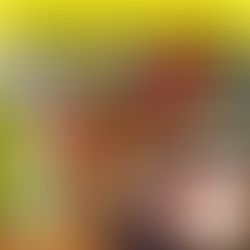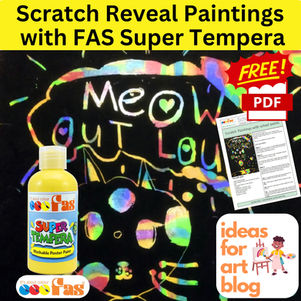top of page

Ideas for ART - Blog
Primary School Projects
















Category Menu
Get Inspired with FAS paints Blog








FABRIC PAINTING


Ideas for Art – How to Paint a T-Shirt – 3 Fun Ways with Fastex Fabric Painting Inks
Painting a T-shirt with Fastex fabric inks: 3 easy techniques for kids — brush painting, stencil art, and screen printing. Fun, creative and wearable!


Easy DIY Freddy Krueger Halloween Costume with FAS Paints
Learn how to make a simple, fun Freddy Krueger Halloween costume using FAS paints!


15 Frequently Asked Questions (FAQ) about Fabric Painting
Learn all about fabric painting. With these FAQ about Fabric Painting


Fun with Fastex Fabric Painting Ink - 6 ways to use Fastex
6 Create Ways to Use FAS Fatex Fabric Paints - see the video.


Create Your Own Abstract Art Tote Bag with Fastex Fabric Painting Ink:
#fastex #totebagpainting #fabricpainting #faspaints #ideasforart Paint and create your designs on canvas tote bags with Fastex Fabric...


Painting with FAS Fastex Fabric Inks: A Pillowcase Painting Tutorial by a teacher in Shanghai
#fastex #fabicpainting #paintpillowcase #sunflowerpainting #faspaints Fabric Painting Ink Lesson - Pillowcase Sunflower Painting by an...

bottom of page












